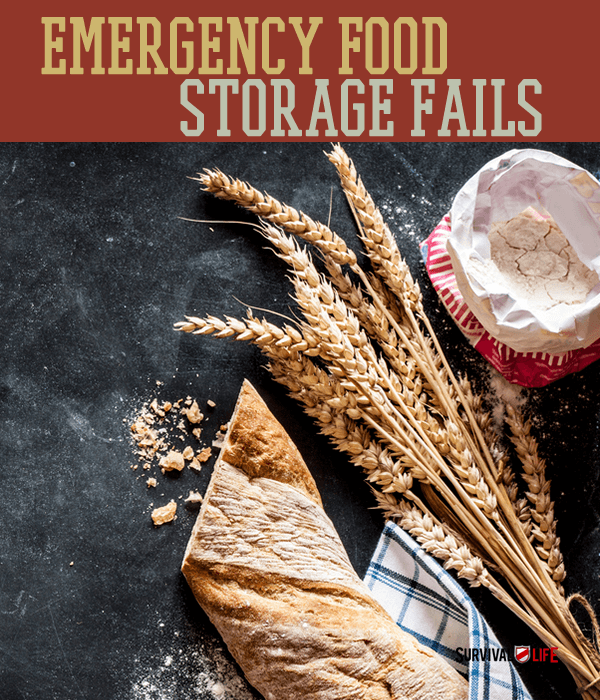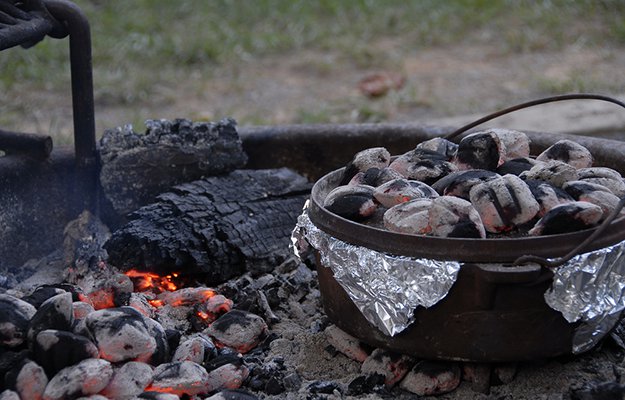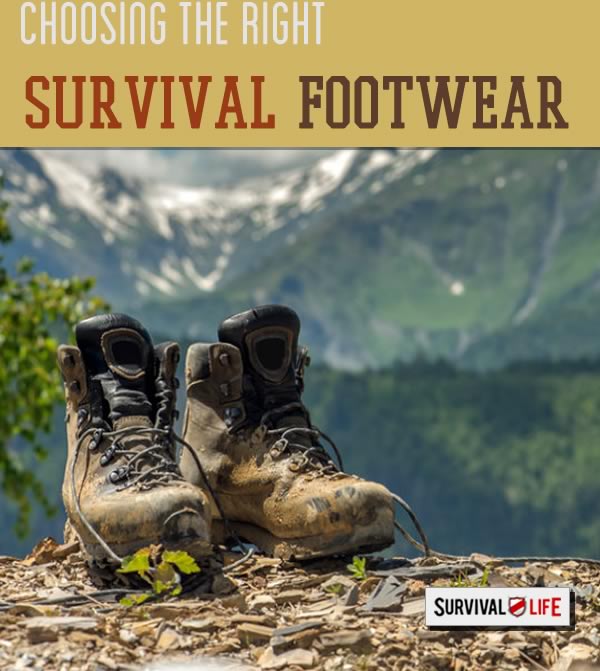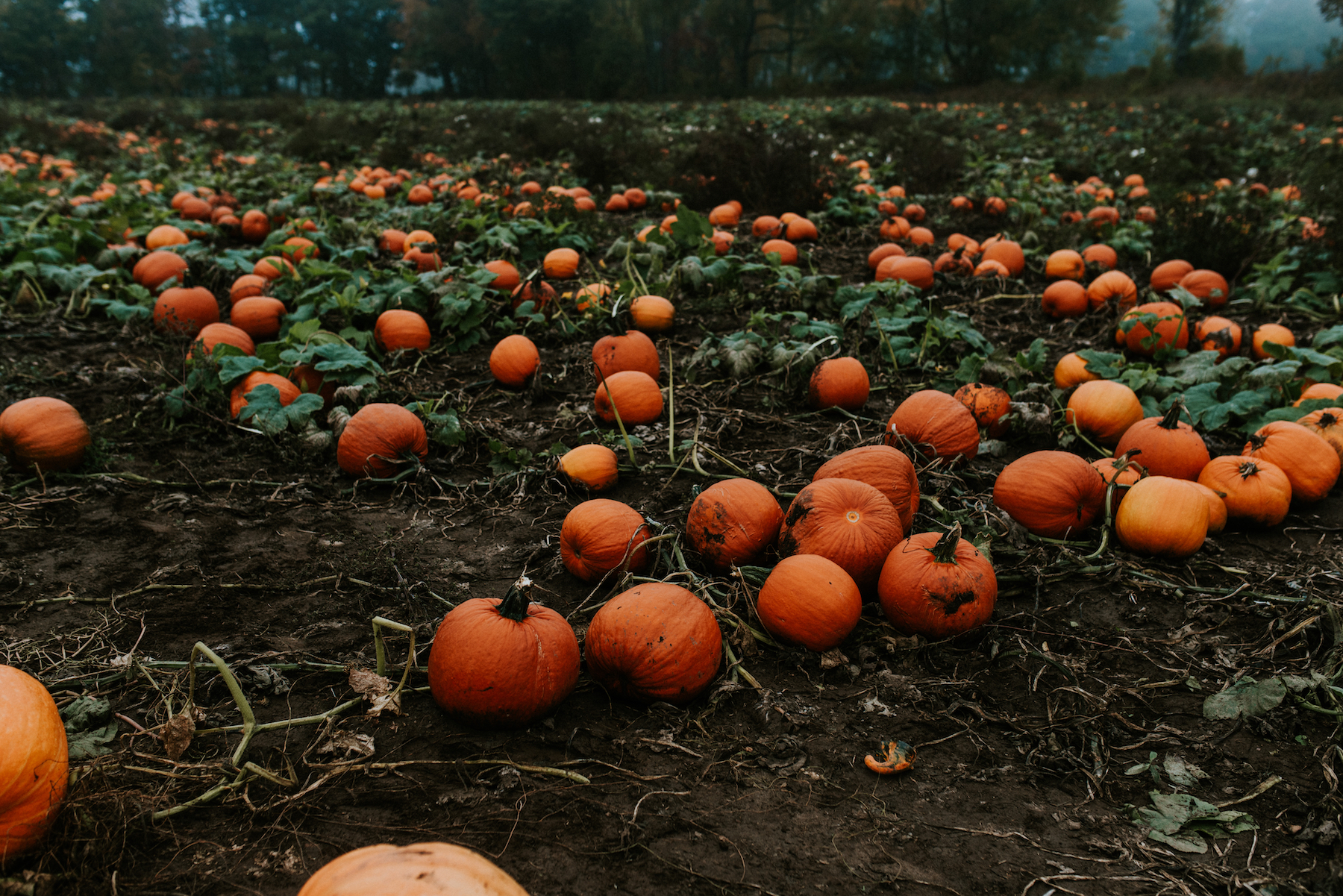Do It Yourself
Emergency Food Storage Fails

Unfortunately, many people waste both their time and money on avoidable mistakes in their emergency food storage.
And nothing will piss you off quicker than finding that your hard work has gone to waste due to some stupid, preventable error.
You need to be properly storing the right food, and have the ability to prepare the food you have.
You will need access to the correct ingredients and equipment to prepare you meals, which takes quite a bit of planning.
For this reason, we highly encourage you to read up on the following smart food storage strategy and tips.
Follow these instructions and avoid emergency food storage fails.
Here are a few food storage mistakes to avoid while stocking up:
Dry food goods, while a great idea, do not last forever. Instead, we recommend storing the ingredients to make your meals from scratch. Raw ingredients will last years longer than pre-manufactured food.
Be sure to have plenty of stock in these ingredients:
- Molasses
- Sugar
- Liquid smoke
- Spices
- Salt
- Dried herbs
- Flour
- Durum wheat
- Whole wheat
- Whole kernel corn
- Vinegar
In addition to raw ingredients, remember to keep these tools in your stock room:
- Dutch Oven: A heavy, cast-iron pot that’s perfect for outdoor cooking, either on charcoal or right on the fire. You can make just about anything in a Dutch oven. Once properly seasoned, clean it by simply wiping it out with some plain hot water. Just be sure to dry it thoroughly, or it will rust.
- Wheat Grinder: What is the use of storing pounds of wheat without a way to grind it up?
- Pasta Maker: It may sound like we’re over doing it, but pre-made pasta will not last forever. A pasta maker will allow you make pasta from raw ingredients.
- Food-Grade Buckets: These buckets are specifically made to be safe for food long-term food storage, up to 25 years or more if kept dry and cool.
- Multi-tool: How do you plan on opening canned goods and heavy-duty container? A combination tool – usually including a survival knife, saw, wire cutters, can opener, pliers, etc – can help universally.
- Mylar Bag: Mylar bags provide protection from sun, moisture, and even insects, and can provide storage of 25+ years.
- Paraffin Wax: This wax is a preservative that keeps moisture in (or out) and helps food last longer. It is often used for canning and is even edible.
- Oxygen Absorbers: Used with proper packaging, these little packets absorb oxygen, extending the life and flavor of food or pharmaceuticals.
- Solar Oven: Solar ovens or cookers use the sun’s energy to bake, roast, or heat foods. Aluminum reflectors focus the heat into a dark-colored oven and/or pot. These are also great for sterilizing water.
via Food Insurance
Check out these related articles:
Long Term Food Storage – Our Favorite Dehydrator
Best Long Term Food Storage Tips
16 Sustainable Gardening Foods That Re-Grow From Scraps
Like this post?
Be sure to like us on Facebook so you can be the first to know about latest survival tips and off the grid living skills.
-

 Do It Yourself7 months ago
Do It Yourself7 months agoParacord Projects | 36 Cool Paracord Ideas For Your Paracord Survival Projects
-

 Do It Yourself9 months ago
Do It Yourself9 months agoHow To Make Paracord Survival Bracelets | DIY Survival Prepping
-

 Do It Yourself9 months ago
Do It Yourself9 months ago21 Home Remedies For Toothache Pain Relief
-

 Do It Yourself10 months ago
Do It Yourself10 months agoSurvival DIY: How To Melt Aluminum Cans For Casting
-

 Exports8 months ago
Exports8 months agoAre Switchblades Legal? Knife Laws By State









Michael W. Perry
June 14, 2014 at 8:49 AM
Excellent points all! I’d suggest another, although the scenario it’s about isn’t quite at the earthquakes-and-hurricanes level of certainty. It’d fit under that waiting until things go bad to plant a garden category.
What if you don’t have land for a garden? What if you’ve got a demanding job that pays far better than you’ll save having your own garden? That’s where a disaster co-op might fit in.
It’s tough to make it today with a family farm no matter how much someone might love that lifestyle. So why not a farmers market-like co-op with a twist that’d help farmers and preppers? In normal times, food from a farm or farms supplements your diet. But there’s a clause in the membership for long-term disaster scenarios. Pay so much per year and when hard times hits that local farmer, with ample land and far more experience growing things that you and I, grows crops specifically for the co-op’s members and sells it at reasonable rather than black market prices.
You can think of it as like insurance. In good times, you’re subsidizing that family farm and in exchange if bad times come there’s a relationship and a commitment to provide you with food.
I read a book by someone who’d been a teen girl in Denmark during WWII. In 1944-45, the forces of Nazi Germany were confiscating most of the food being grown and sending it back to Germany, leaving the Danes to starve. The book describes her family’s desperately struggle to get enough food, selling everything they had and going door-to-door to farms, hoping to find just a little milk. Only very close to the end did they get in touch with members of their family who had a farm. That family asked why they hadn’t been contacted earlier. They’d have been more than eager to provide that food for free and despite the German authorities.
Her story ended with something I’d never known before. Many Danes were so close to death when the war ended in early May 1945, that once the fighting stopped, the Swedes didn’t even wait for land transport, they air-dropped food onto Danish cities.
Preparing for disaster should not mean just having things. Established relationships and commitments with people who have resources are helpful too.
Lauren J
June 16, 2014 at 3:09 PM
That’s a great point, Michael. Having a strong network can be a huge benefit in a survival situation.
Linda
November 2, 2018 at 9:11 AM
I saw a scenario where there was a co-op and the government seized it. It was about the time that the government made the law that you could not buy direct from farmers, like milk and cheese and things like picked products etc
Pingback: 6 Threats to Your Food Storage Cache | Survival Life | Blog
Garret Hamrick
November 2, 2018 at 8:02 AM
Very nice article!